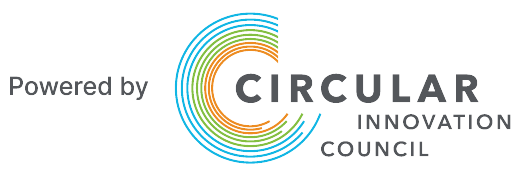TExtiles
Textile Industry + Circular Economy
Circular Supplies
Supply fully renewable, recyclable, or biodegradable resources
Product As Service
Products are used by customers through leaser or pay-for-use arrangements
Resource Recovery
Eliminate material leakage and maximize economic value of product return flows
Eighty billion pieces of clothing are thrown away every year. Current business models operate under traditional linear consumption and production because of the demand to provide clothes cheaply and quickly. This inefficient model is destructive and wasteful and contributes more than 12.7 megatonnes of CO2. However, global awareness of the impacts from the textile industry is growing, as well as the urgency to adopt sustainable practices built on transparency and accountability. Manufacturers and designers are realizing they can benefit from transitioning traditional business models to those based on longevity, reuse, repair, and recovery to ensure textiles, as a resource, retain value and are kept in the production process.
Textiles represent approximately one percent of municipal spending and, as a top spend category, buyers are realizing they can influence the supply chain. Through circular procurement, buyers can create demand for more circular materials by integrating circular principles into tenders or contract provisions, which allows businesses to innovate, design, and invest in models that support reuse and maximize the useful life of textiles.
EXAMPLE
How Textiles Producers Can Advance The Circular Economy
To build a closed-loop textiles system, producers are applying circularity to the design of the product to ensure they are suitable for endless recovery, reuse, and recycling. Buyers are using the product as service model where, for example, workwear or uniforms are leased via a service contract where ownership of material remains with the seller. Take-back provisions are included in the initial agreement to recover the workwear/uniform (asset) for reuse, repair, and recyclability.
Circular Supplies
Product as service
Resource Recovery
JOIN US

Awareness of the negative effects of unsustainable consumption and production, and the link to the current linear economy of take-make-waste, is an important priority in today’s society. Governments, businesses, and communities worldwide realize the need to fundamentally and systematically shift patterns of production and consumption. The circular economy offers an alternative and reinvented economic model that is holistic in nature and drives economic prosperity while protecting the environment to benefit society.
We are on the cusp of the circular economy in Canada and collaboration is crucial to advance it.
For information on how to further align efforts to support greater circularity, a customized partnership proposal is available on request. Contact for more information.
